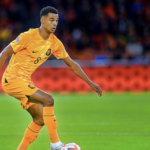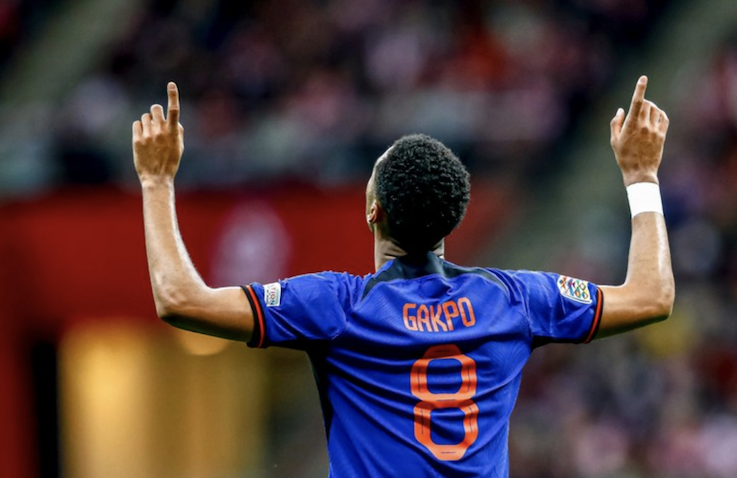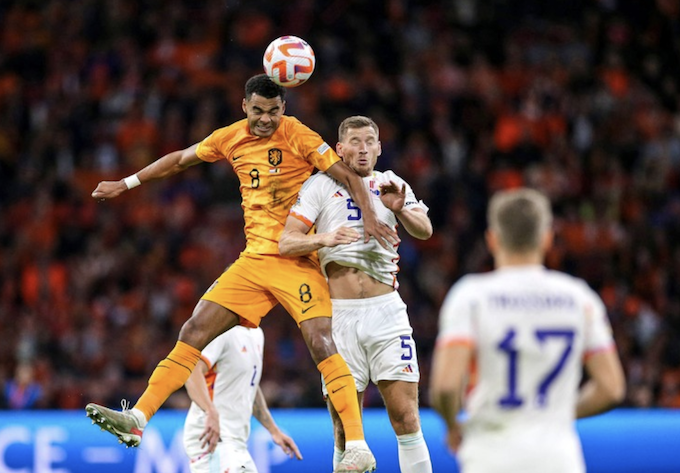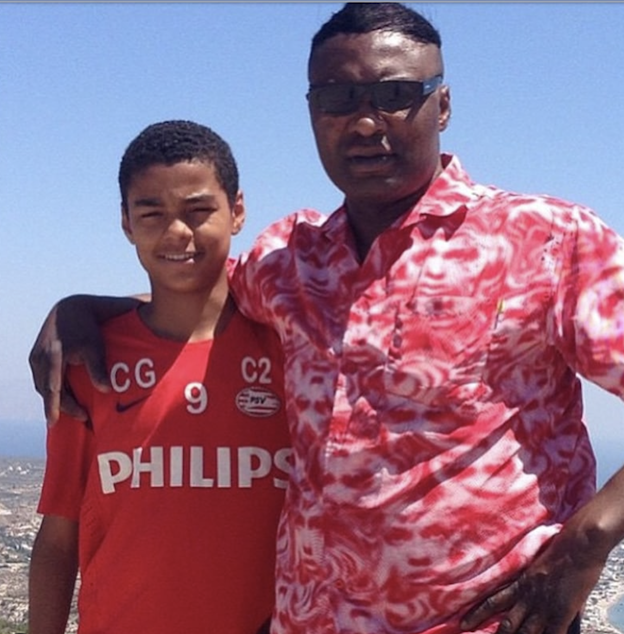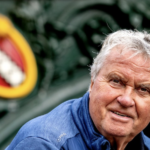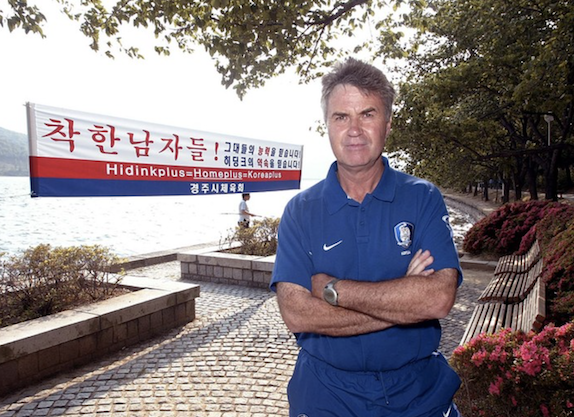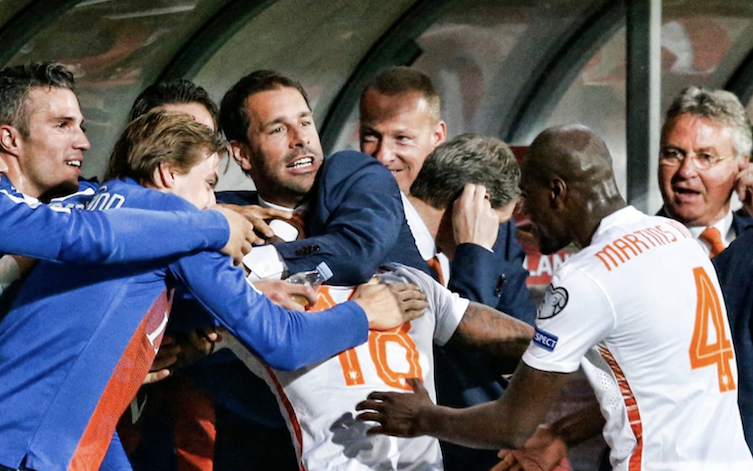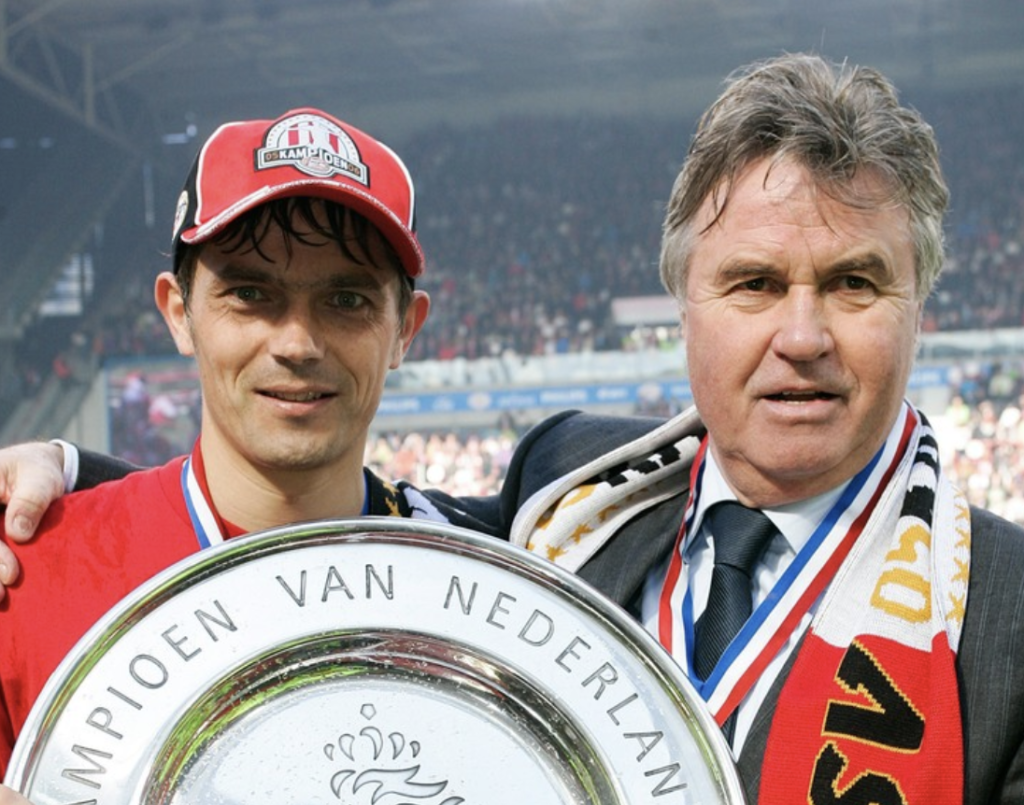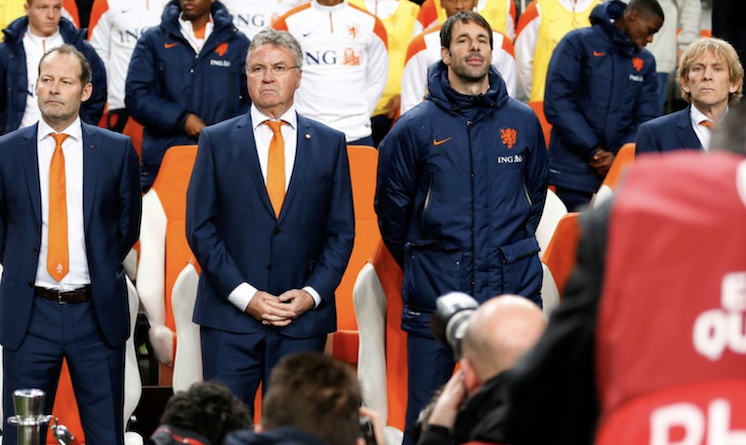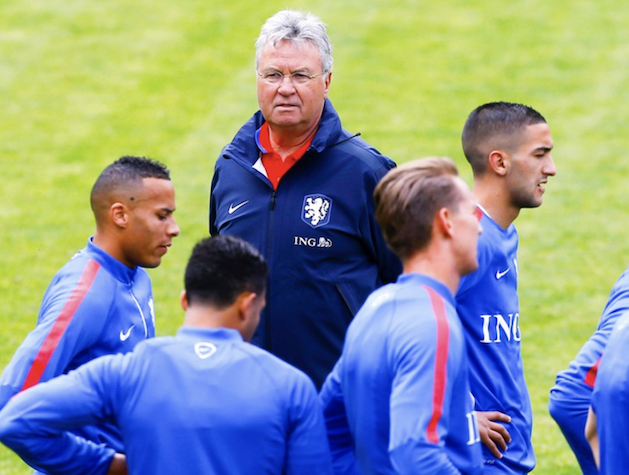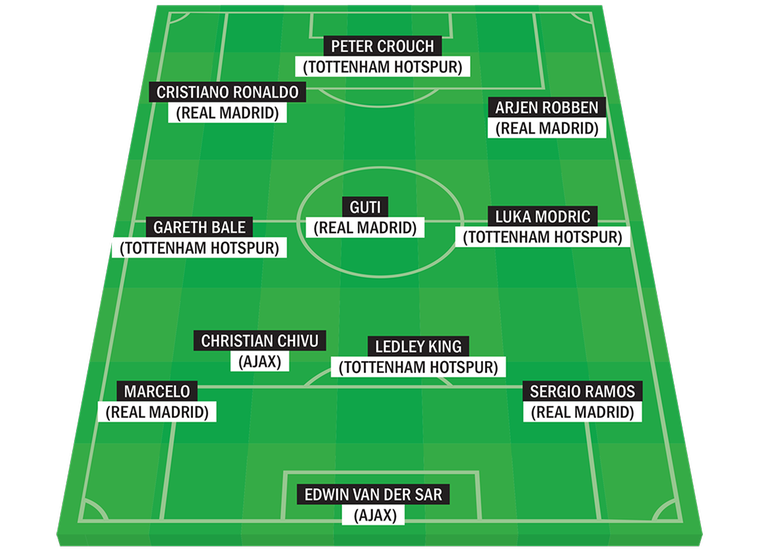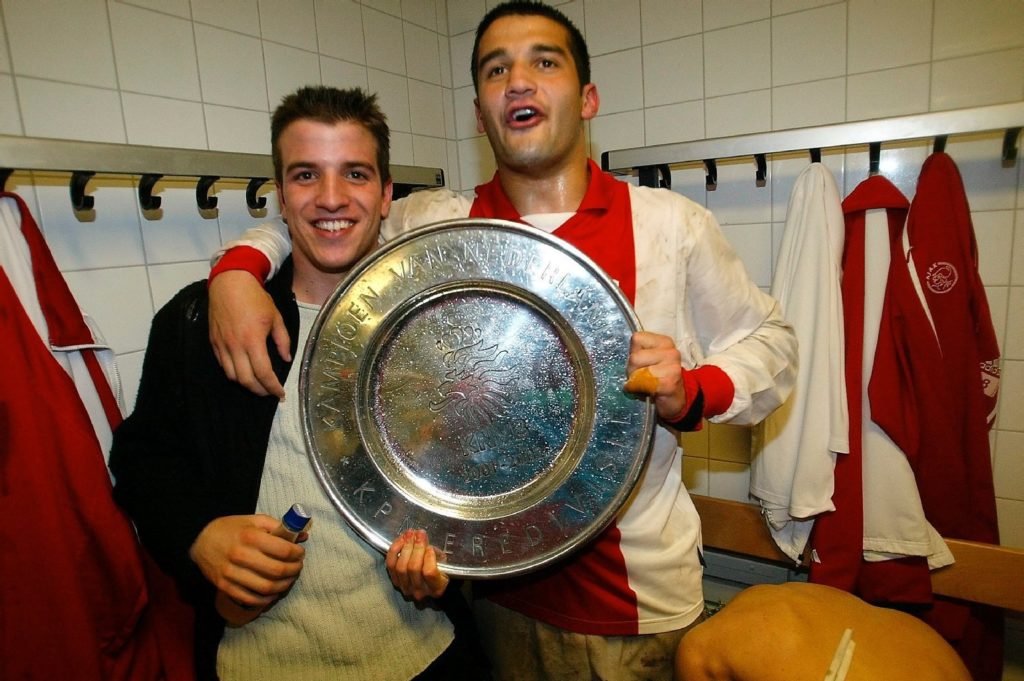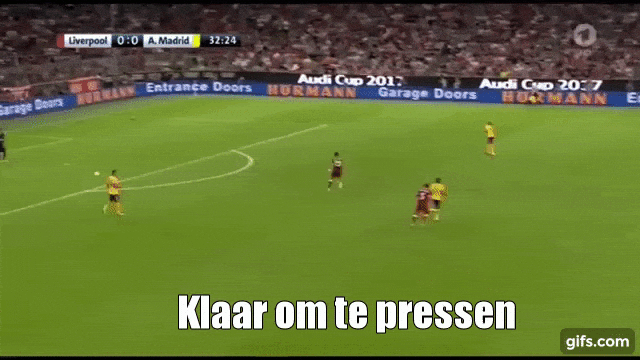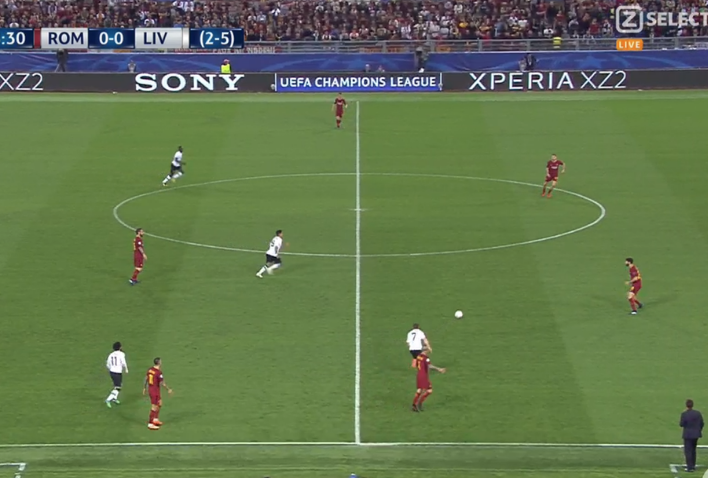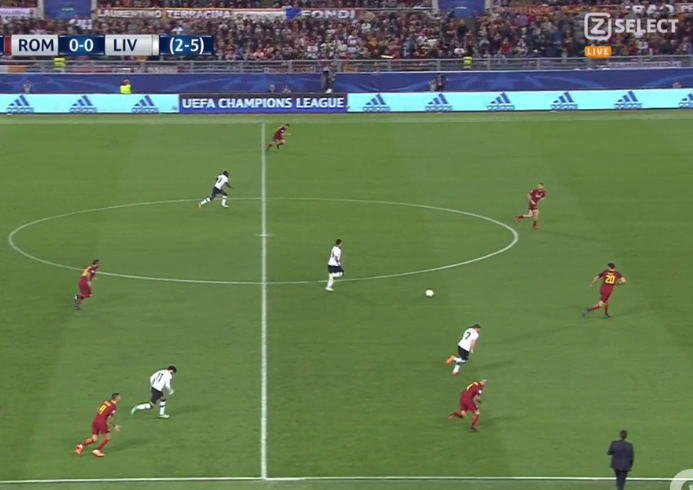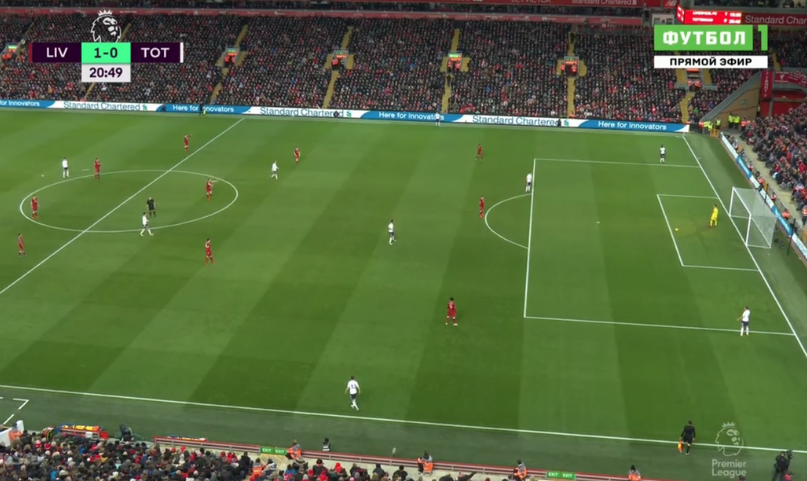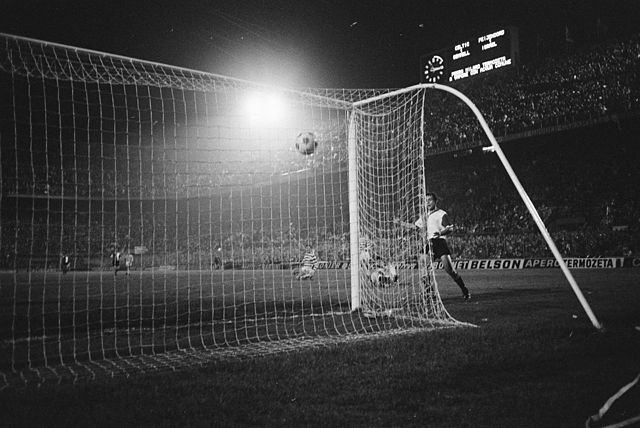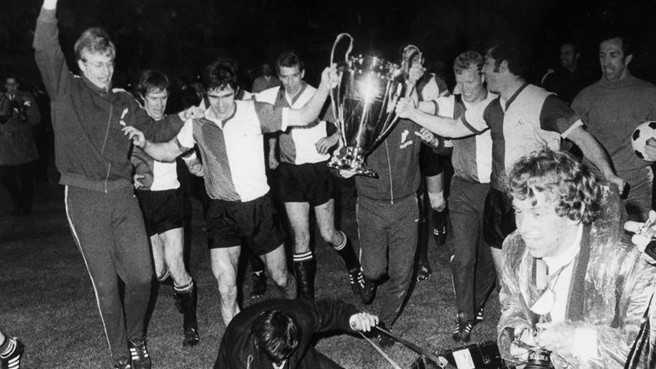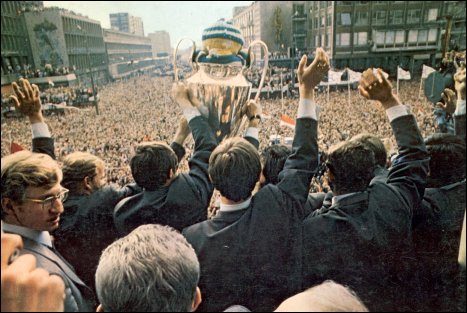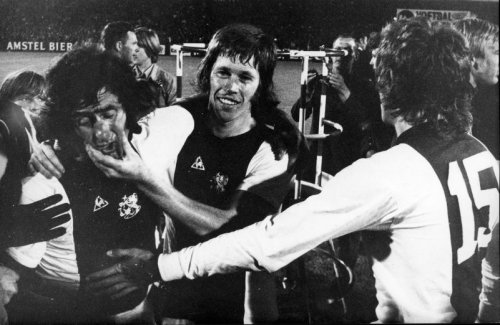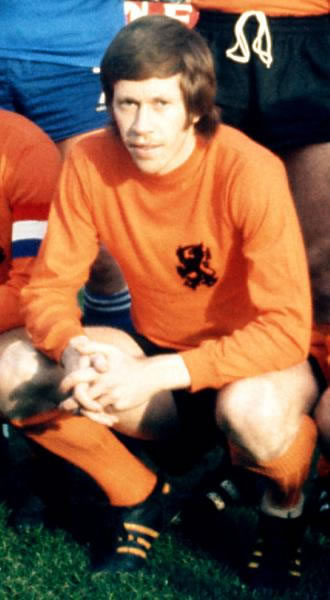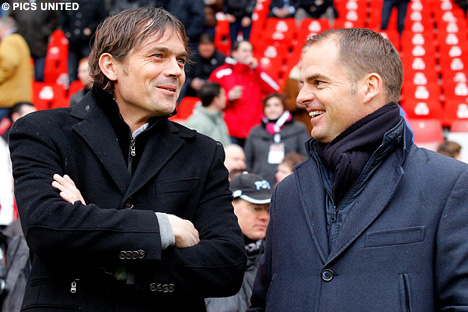Come on guys! Join in!
The name is Lowievenkaals Armie (Louis van Gaal’s Army the way Louis van Gaal pronounces it)….
Cody Gakpo is widely seen as the best player in the Eredivisie at the moment. Again. He’s involved in 29 goals so far in 22 matches (13 goals, 16 assists) and wants to perform at that same level in Qatar and than make a big money move next summer.
Last deadline day was a special one for PSV fans. They knew big money clubs were courting their star and while Gakpo plays a great game versus Volendam, the fans are looking at their phone. Is there a deal being made to lure their favorite son away? Leeds United would have sent a plane to Eindhoven. Southampton just upped their offer. PSV’s board want Gakpo to go. They also want Sangare to go to. PSV needs the money.
But Gakpo isn’t feeling it. He had his mind set on Man United. And decides to stay. The chant “Cody Has To Stay” worked. As a result, the PSV board decides to scold TD John de Jong for keeping Gakpo at the club (what??) and as a result De Jong resigns from his job. Ruud van Nistelrooy is livid. Gakpo is puzzled. And general manager Marcel Brands decides to take it on the chin.
A winter transfer might be on the cards. Due to the Gakpo stats, bigger clubs are circling now. Man United is back on deck and Real Madrid has informed as well. PSV needs the money. But Gakpo can’t be bothered.
The peace he exudes is the result of his disciplined upbringing in a stable family situation. His dad is from Togo, his mum is Dutch. The people who know Cody say he’s not just a unique player, he’s also a unique human being. Deeply religious and highly intelligent. One of his fave books (…) is Napoleon Hill’s Think and Grow Rich, from 1937. Gakpo has an idol. It’s Pele. How many 23 year olds would carry around a photo of the Brazilian legend? Gakpo calls himself “an old soul”.
Gakpo was tested academically and given the advice to go for a university degree. He decided to stick to high school and focus on football. But with a broader interest. When a group of journalists cornered PSV general manager Gerbrands, back in 2017, in a hotel at trainings camp, Gakpo – then 17 years old – stuck around to listen as a fly on the wall. Like a sponge.
Toon Gerbrands: “He spoke to me in those days about what he would do after his career! He was only 17 years old and wanted to know what a general manager does. We had so many conversations, about how you manage a bad-news conversation, or how you assess people’s values when recruiting. I bought a book on philosophy for him and he was really intrigued. It had questions like “where were you before you were born” and “how do you know what is the Truth”. And he would always come back to me with further questions or comments and we’d have these really fun debates.”
Gakpo is highly religious and prays several times per day. He even once organised a prayer session at the Philips Stadium, for 200 people. Toon Gerbrands was there: “It wasn’t very “biblical” or anything, just a warm session speaking about the higher power and we had four people who previously didn’t believe, who converted! One person even started crying. I never had that experience before with a football player.”
Gakpo started at the PSV Academy at 7 and perfected his dribble and his shooting. “My dad always told me to shoot low. it’s harder for the goalie to get to the ground. My dad was a number 10 and played at a high level in Togo. We discuss football a lot. And we still play together on a little grass pitch here in town. He’s my toughest critic.”
Aad de Mos says Gakpo has canons in his feet. “He has the same kicking technique as Willy van der Kuylen. Today, Gareth Bale does it as well, Harry Kane too. Or Ryan Babel. We call it the hipshot. No back swing. You can’t see they’re going to shoot. Van der Kuylen used to perfection. The goalie and the defenders thought they had another second to block but the ball was already in the net.”
Luc Nilis taught Gakpo never to shoot at full 100% capacity. Always at 80%. Gakpo: “I have learned so much from Luc Nilis. He always said, you gotta know where the goal is. The goal never moves. So if you know where it is, you don’t need to look, you can fully concentrate on the ball. I noticed a lot of players look up to where the goal is, a couple of times. Those are the nano seconds you can lose control or the defender nips in or the ball makes a funny jump and you hit the stands. Shooting at full 100% capacity usually means you lose control. The body stiffens and there is no flow. The speed of the ball is not just the result of the power in the muscles, but also the move of the body, and the swing of the leg.”
With dad
His youth coaches ( Twan Scheepers, Mark van Bommel) say that due to this specific skills, he is very hard to play. And the stats demonstrate it. Below is the “Growth as a Player” overview, of Gakpo in all competitions. It’s in Dutch, but you get the drift, I’m sure.
Growth as a player. Cody in all competitions.
Wedstrijden = matches, basis plaatsen = starting line up, speelminuten = minutes played, schoten = shots, op doel = on target, kansen gecreeerd = chances created, uit open spel = from open play, bal contacten = touches, in de 16 = in the box, passes aangekomen = successful passes, pass nauwkeurigheid = pass accuracy, dribbels aangegaan = dribbles started and voltooid = completed.
Van Gaal can use Cody on different positions. He can play a 10 or a striker in the 3-5-2 system. He can also play left winger in a 4-3-3. It was Van Gaal who convinced Gakpo that he can be a number 10, by the way. About Van Gaal, when the veteran coach was appointed, Gakpo went to see Gerbrands: “You worked for 4 years with him at AZ. What kind of man is he?”
This typifies the player and the person Cody Gakpo. Always prepared, always focused.

